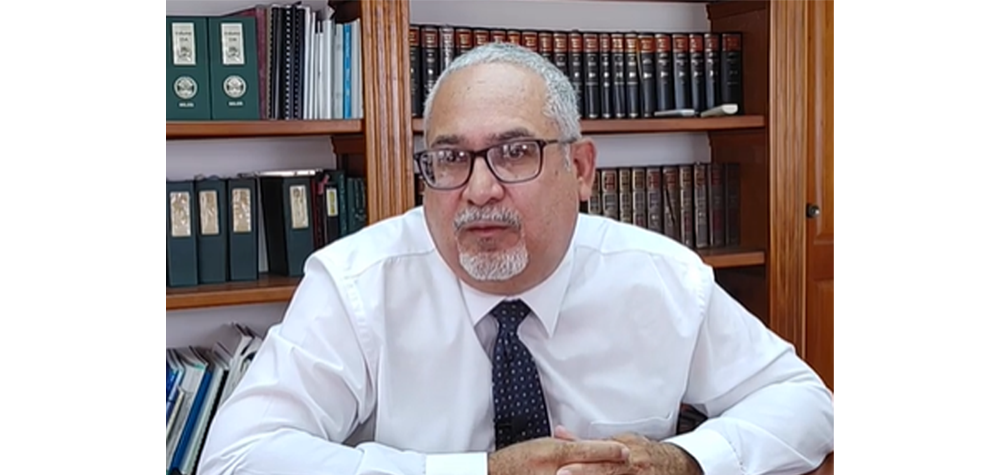Photo: BEL Chairman, Andrew Marshalleck
by Kristen Ku
BELIZE CITY, Thurs. June 13, 2024
The much-awaited rains have finally arrived in Belize, bringing storms of varying intensity to different parts of the country. For farmers in the South, this has likely meant relief from the frequent bushfires. However, for Belize Electricity Limited (BEL), the rains bring hope that the reservoirs managed by Fortis Belize at the dams can be replenished.
According to the National Meteorological Service, the monthly forecast in Cayo’s mountainous areas falls within a normal category, with about 220-400 mm of rainfall expected.
Unfortunately, the rainfall thus far, up to the second week of June, has been insufficient to significantly impact the hydroelectric system that supports BEL’s electricity supply.

“That reservoir, when it’s full, is 400 meters high. You can’t fill that with seven inches of rain. I think the seven inches of rain is translated to maybe a one-third of a meter,” explained chairman of BEL, Andrew Marshalleck.
Near the end of May, senior managers from BEL met with the media to discuss the ongoing electricity issues and the reasons behind the frequent shortages. The electricity supply in Belize has been affected by several factors, including a decreased availability of energy imported from Mexico, extreme weather conditions impacting infrastructure, and temporary shutdowns of independent power producers due to technical difficulties and maintenance at Belcogen and BAPCOL.
BEL had planned to activate the San Pedro gas turbine between May 30 and June 15, which would have provided an additional 20 megawatts of power and offered some relief. However, there was a setback in the execution of this plan.
“One of the transformers, I understand, when it was energized, it failed, it exploded or something. It needs to be dealt with; it will set us back,” Marshalleck said, without specifying a timeframe. He clarified that the issue was not with the San Pedro plant itself, but with the system connecting it to the grid. The failure of one of three transformers during the initial energization process caused the delay.
As a result, he described BEL as being in a precarious position, especially through June and July. “The available capacity is very close to what the system is demanding, so that the possibility of something going wrong and falling short is real,” he said.
He explained that more capacity is needed to ensure redundancy, which allows for seamless power supply when one source fails. Currently, Belize does not have sufficient capacity, and the reservoirs will likely remain low until more rains come around September.
Addressing concerns about potential electricity price hikes, Marshalleck highlighted the financial strains on BEL. “The entire five-year plan … and by the way, we have maintained rates from pre-Covid right through to today, there have been no rate increase. B.E.L has been bearing those rate increases on behalf of the public, where it has nearly depleted our cash resources,” he stated.
He revealed that the amount consumers owe BEL for electricity provided this year alone is projected to be a hundred million dollars. Despite maintaining rates, BEL has faced high operational costs, especially during the recent power cuts when the price for power from Mexico’s Comisión Federal de Electricidad (CFE) soared to a dollar and five cents per kilowatt-hour, while consumers were charged only forty cents.
Marshalleck explained that BEL’s business plan is based on keeping rates stable to help consumers and mitigate inflation. However, he stressed the need to introduce cheaper power generation to the system.
“We can only keep doing that if you introduce to the system cheaper power of generation. That means you need to give me power I can buy at less than that forty cents so that I can supply the forty cents,” he said.

